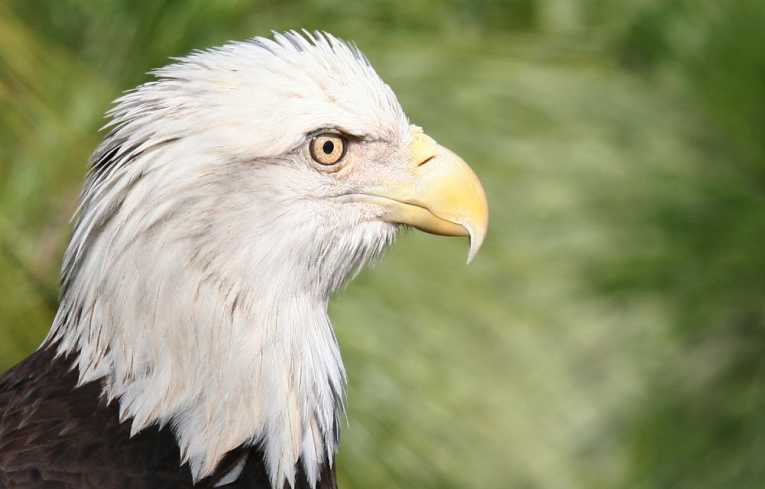There is more to the Bald Eagle, the only eagle unique to North America, than just being the national bird and symbol of the United States of America. A victim of the excessive and uncontrolled use of the pesticide DDT that badly affected their ability to reproduce, the bird almost disappeared from the Channel Islands off the Southern California coast like many other affected species.
Pollutants led to the thinning of their egg shells besides interfering with their metabolism rendering them sterile or unable to lay healthy eggs.
Scientists have been trying to restore the eagle population for a while now. But conservationists are being asked to be careful. Increasing the bald eagle numbers might not be as simple as it looks and might affect the other bird populations present, say studies.
A study that reconstructed the food patterns of the Channel Island bald eagles have had their findings recently reported in The Proceedings of the National Academy of Sciences. The primary diet of the early bald eagle many thousands of years ago was primarily sea birds.
Change of diet
This changed once sheep farming came about. It was easy to feed on discarded sheep carcass and sheep meat became a primary food source.
But now sheep farming no longer happens on these islands and scientists are worried that restored populations may then try to feed on the sea birds whose own existence is precarious and projects are in place to help raise their numbers. The other options are sea animals like the sea lions but their meat are often are sites for accumulated toxins and even DDT. This has certainly raised important concerns regarding increasing their populations.
Though officially declared an endangered species in 1967, the Interior Department had taken the American bald eagle off the off the Plants in 2007 though it will still be protected by the Migratory Bird Treaty Actand the Baldand Golden Eagle Protection Act. The birds prefer living next to sea water. They build nests trees 75 feet or higher. Not really bald, their heads are covered with white feathers.










